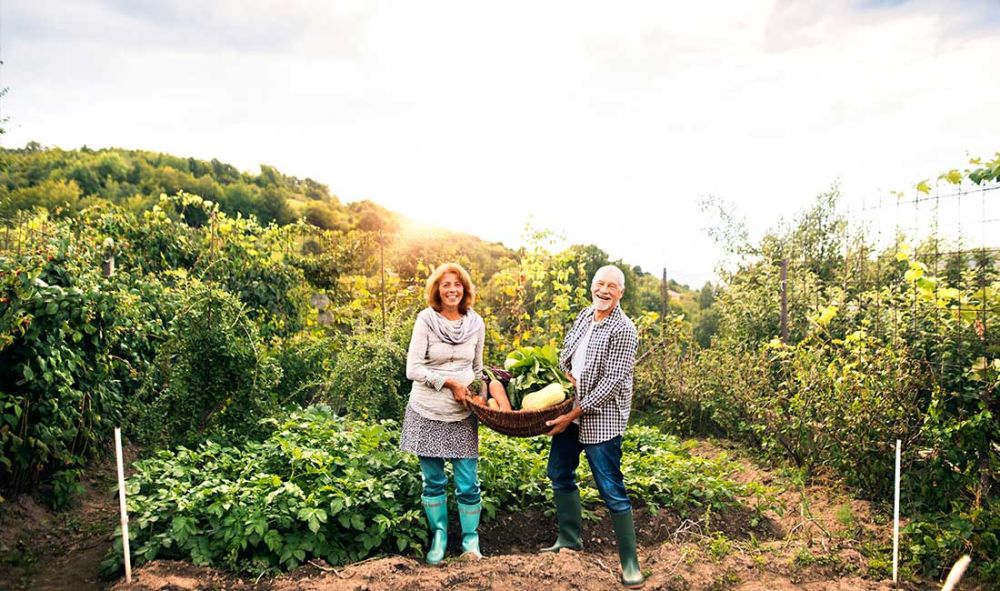Can England Feed Itself? Part 1

| W.E.U Admin | News
TAGS: Agriculture, England
The current simple answer is England cannot feed itself under current practices. However, complex issues often require more nuance. Over two articles, the WEU will examine the challenges, why farming is crucial to England, and strategies to improve food self-sufficiency.
Brief Overview of England’s Food Production Problem
Despite our countryside, farming heritage, and advanced economy, England relies heavily on food imports. Domestic food production has fallen below 60%. A disruption in external supplies—even for a few weeks—could have immediate, severe consequences. Yet with serious reform, England could achieve 80–100% food self-sufficiency. This wouldn’t ban bananas or chocolate, but it would ensure we can feed every person in England from English land if required.
(Figures taken from varied media outlets and research sources; used as a guide.)
Part One: The Crisis We’re Not Ready For
England is walking a food security tightrope. We import nearly half of our food. If supply chains break, supermarket shelves could be empty in days.
The Numbers You Need to Know
- Food import reliance: 46% of UK food is imported
- Fruit imports: 84% comes from abroad
- Vegetable imports: 46%
- Fruit self-sufficiency: 18%
- Vegetable self-sufficiency: 55%
- Potato self-sufficiency: 71%
- Food waste: 9.5 million tonnes thrown away annually
- Total food energy needed for England: 47.9 trillion kilocalories per year
- Available farmland: 8.9 million hectares
The Land Problem
Over 60% of farmland is used for livestock. Beef alone occupies 40% of farmland yet contributes a small percentage of dietary intake. This is not sustainable. Government land-use plans could see another 10% of farmland lost by 2050. Riversides are taken out of use for environmental targets, and urban sprawl consumes fertile fields. There is currently no plan to protect the land we need for survival and food production.
Understanding Global Dangers and Local Consequences
- Climate issues: disrupting harvests across Europe and Africa
- War and geopolitics: can block trade, as seen with Ukraine’s grain exports
- Oil price shocks: driving up food-chain and transport costs
- Export bans: imposed overnight by major producers
If any of these factors strike hard—or simultaneously—we lack the reserves, farms, and flexible supply chains to cope. This assessment is not alarmist but intended to highlight why immediate action is essential.
Understanding the Economic Impact
The food and farming sector supports over 4.4 million jobs and contributes £146.7 billion to the UK economy. Disruptions affect more than dinner tables; they impact employment, household bills, and entire communities.
Nearly 1 in 5 mixed farms ran at a loss between 2020 and 2023, and about 1 in 4 earned less than £25,000. If 5% of farmers exited the industry, we’d lose over 10,000 farms—devastating rural areas and threatening national food security. This situation has sparked a clash of cultures between urban and rural perspectives: some view farming as outdated and unprofitable, while others recognize that without farmers, there is no food and no community stability.
What’s Next?
The next part of this series will explore further challenges and potential solutions to make England food-secure again.
- Previous: Can England Feed Itself? Part One
- Next: Can England Feed Itself? Part Two

workersofengland.co.uk | Independent Workers Trade Union





